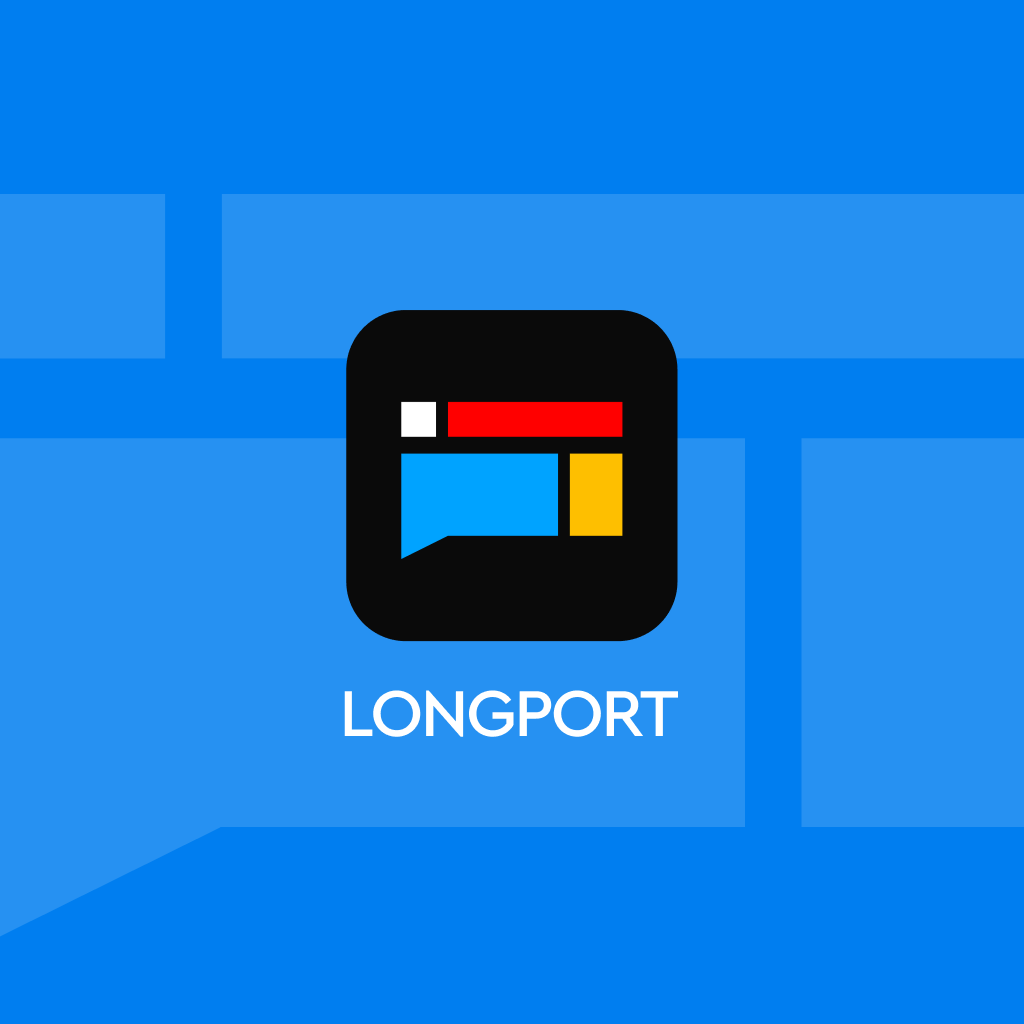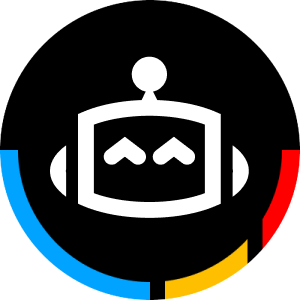
AI conquered the super bacteria "ten-year problem" in just two days, containing six intelligent agents that can independently infer new knowledge

Google's artificial intelligence "co-scientist" solved the superbug antibiotic resistance problem that has troubled scientists for a decade within 48 hours, shocking the relevant scientists. Professor José Peña-Rodríguez from the research team stated that the AI independently generated the correct hypothesis and proposed four additional theories, one of which he had never considered. This achievement could fundamentally change the way scientific discoveries are made
Google's artificial intelligence "co-scientist" solved the mystery of superbugs that has troubled scientists for a decade in just 48 hours. The relevant scientists expressed their shock and even began to doubt whether their private files on their computers had been accessed by the AI...

(Source: Google)
This story begins with a research achievement from Professor José Penadés' team at Imperial College London. Previously, he and his team spent about ten years studying why certain bacteria develop resistance to antibiotics.
He and his team worked tirelessly to reveal how superbugs evolve and spread. However, when Google's AI "co-scientist" attempted to solve this problem, it reached the same conclusion in just two days.

Image | José Penadés (Source: File Photo)
Penadés was stunned because the relevant paper from him and his team had not yet been published, which meant that the AI could not simply discover them in existing research. He initially wondered if the AI had accessed his private computer files.
Later, he wrote an email to Google, asking whether the AI could access his computer. Google assured him that it could not.
Instead, Google's "co-scientist" independently generated the correct hypothesis. More notably, it proposed four additional theories, all of which were scientifically plausible, including one theory that Penadés had never considered. This led Penadés and his colleagues to believe that "co-scientist" could fundamentally change scientific discovery.
So, what exactly did Penadés' research reveal? It starts with superbugs, or antibiotic-resistant bacteria, which pose a serious threat to global health. Previously, the academic community had been striving to understand how these dangerous microorganisms acquire resistance and spread between species.
Penadés and his team had hypothesized that some bacteria evolved by borrowing genetic material from viruses. These bacteria would acquire the "tails" of viruses, a structure that allows them to move between different species, like a key that opens multiple doors.
Specifically, in this study, Penadés and others discovered a new biological entity called "capsid-forming phage-inducible chromosomal islands" (cf-PICIs), which are particles that help bacteria cross species boundaries and achieve widespread gene transfer Penades and others discovered that cf-PICIs are a new type of mobile genetic element that can produce their own capsids and package their DNA. Unlike traditional satellite viruses, cf-PICIs do not rely on helper phages to provide complete infectious particles, but instead achieve cross-species transmission through a mechanism known as "tail hijacking."
When cf-PICIs are induced, they produce tail-less small capsids that contain their DNA. Once released into the environment, these tail-less capsids can bind to the tails of phages from different species to form cf-PICIs. These cf-PICIs are capable of injecting DNA into different bacterial species, thereby enabling cross-species gene transmission.
In the study, Penades' team revealed the structure of cf-PICIs capsids using cryo-electron microscopy technology. This discovery showed that these capsids have structural features similar to those of HK97 phages and exhibit a high degree of evolutionary conservation.
The capsids of chimeric infectious particles can avoid interference with the capsids of helper phages, ensuring that their unique gene transmission strategy is realized. Overall, the discovery of cf-PICIs reveals a completely new mechanism of bacterial gene transmission. This mechanism not only expands the host range of bacteria but may also play an important role in bacterial evolution and the spread of antibiotic resistance.

(Source: bioRxiv)
To test the capabilities of the "co-scientist," Penades' team had it explore topics related to the aforementioned research. As a result, the "co-scientist" quickly returned a set of hypotheses. Its primary answer was that superbugs evolve by acquiring viral tails, which is precisely what Penades has been trying to prove for the past decade.
Penades stated that if this hypothesis could have been obtained through artificial intelligence from the beginning, it could have saved him and his team years of time. This demonstrates that artificial intelligence can generate groundbreaking scientific theories in record time, thereby eliminating many bottlenecks that hinder traditional research.
Dr. Tiago Dias da Costa, one of the participants in this study, told the media that scientific research involves a lot of trial and error. Before finding the correct method, researchers often encounter many experimental "dead ends." The "co-scientist" is expected to eliminate "dead ends" early on, thus accelerating the pace of scientific research.
The "co-scientist" can work by analyzing large amounts of data, including published research papers, scientific databases, and privately submitted documents. It then synthesizes all available evidence to form hypotheses and even proposes experimental designs To further validate the capabilities of "co-scientist," Penades and others did not pose an open-ended question but instead provided it with a problem they had already solved to ensure they could assess the accuracy of its responses. The result was that "co-scientist" exceeded expectations, not only replicating the previous research results of Penades' team but also proposing other research directions.
 (Source: Alphabet - C)
(Source: Alphabet - C)
Penades stated that he and his team had also tried other artificial intelligence systems on the market, but none could arrive at the correct answer. Some AI systems could not provide answers even after inputting papers that described the answers, while "co-scientist" offered perspectives that had never been considered. Penades mentioned that he had never received any funding from Google. So, what exactly is so remarkable about "co-scientist"?
Penades stated that he and his team had also tried other artificial intelligence systems on the market, but none could arrive at the correct answer. Some AI systems could not provide answers even after inputting papers that described the answers, while "co-scientist" offered perspectives that had never been considered. Penades mentioned that he had never received any funding from Google. So, what exactly is so remarkable about "co-scientist"?
"co-scientist": A Multi-Agent AI System Built Using Gemini 2.0
According to Google's public introduction, "co-scientist" is a multi-agent AI system built using Gemini 2.0. Unlike previous similar AI models, "co-scientist" can engage in dialogue with scientists, refine its ideas based on scientists' feedback, and propose new research directions.

(Source: Alphabet - C)
In addition to standard literature reviews, summaries, and "deep research" tools, "co-scientist" aims to discover new original knowledge and formulate novel research hypotheses and suggestions based on prior evidence and specific research goals.
To achieve this, "co-scientist" employs a coalition of multiple agents—Generation, Reflection, Ranking, Evolution, Proximity, and Meta-review agents—whose design is inspired by the scientific method itself These intelligent agents utilize automated feedback to iteratively generate, evaluate, and refine hypotheses, forming a self-improvement loop that continuously produces increasingly high-quality and novel results.
Generally, completing a research project often requires the collision of different ideas. The "co-scientist" is specifically built for collaboration, allowing human scientists to interact with it in various ways, including directly providing their seed ideas for exploration or giving feedback on generated results in natural language. The "co-scientist" can also leverage tools such as web searches and specialized large models to enhance the basis and quality of generated hypotheses.
When in use, the "co-scientist" translates the specified goals into a research plan configuration managed by a supervising agent. The supervising agent assigns specialized agents to the task queue and allocates resources. This design allows it to flexibly scale computational power and iteratively improve scientific reasoning capabilities towards specific research goals.
Meanwhile, the "co-scientist" utilizes extended test-time calculations to iteratively reason, develop, and improve outputs. Key reasoning steps include: self-play scientific debates (to generate new hypotheses), ranking competitions (to compare hypotheses), and an "evolution" process (to improve quality). The agent nature of the "co-scientist" promotes recursive self-criticism, including using tools for feedback to improve hypotheses and proposals.
According to Google's public statements, the self-improvement of the "co-scientist" relies on Elo automatic evaluation metrics derived from its competitions. To this end, Google assessed whether higher Elo ratings correlate with higher output quality.
Specifically, Google analyzed the consistency between Elo automatic ratings and the accuracy of the GPQA benchmark on its problem set, finding that higher Elo ratings are positively correlated with a higher probability of correct answers.

(Source: Google)
"co-scientist": Not to replace human scientists, but to become a research assistant
However, the "co-scientist" is not intended to replace human scientists. On the contrary, it aims to provide rapid analysis and innovative insights through collaboration with human scientists. This mission can perhaps be seen in the "co" of "co-scientist," indicating its purpose to assist human scientists.
In summary, the "co-scientist" has promising potential applications. In the fight against antibiotic resistance, it can help scientists quickly identify promising candidate drugs; during the preliminary research phase of a project, it can simplify literature reviews, enabling researchers to synthesize a vast amount of existing knowledge in minutes (instead of spending months); it may even lower the barrier for young scientists entering the research field, allowing them to gain cutting-edge insights without decades of experience There is no doubt that artificial intelligence is rapidly reshaping scientific discovery. Supporters argue that AI can accelerate research, making it faster and more efficient. Critics worry that this could eliminate jobs and undermine the role of human scientists.
However, the aforementioned Peñades believes that AI is a powerful tool rather than a threat. In the future, Google will also provide research organizations access to the "co-scientist" system through a reliable testers program.
Author of this article: Luo Yi, Source: DeepTech, Original title: "AI Conquers Super Bacteria 'Ten-Year Problem' in Just Two Days, Contains Six Intelligent Agents That Can Infer New Knowledge on Their Own"
Risk Warning and Disclaimer
The market has risks, and investment should be cautious. This article does not constitute personal investment advice and does not take into account the specific investment goals, financial situation, or needs of individual users. Users should consider whether any opinions, views, or conclusions in this article align with their specific circumstances. Investing based on this is at one's own risk

